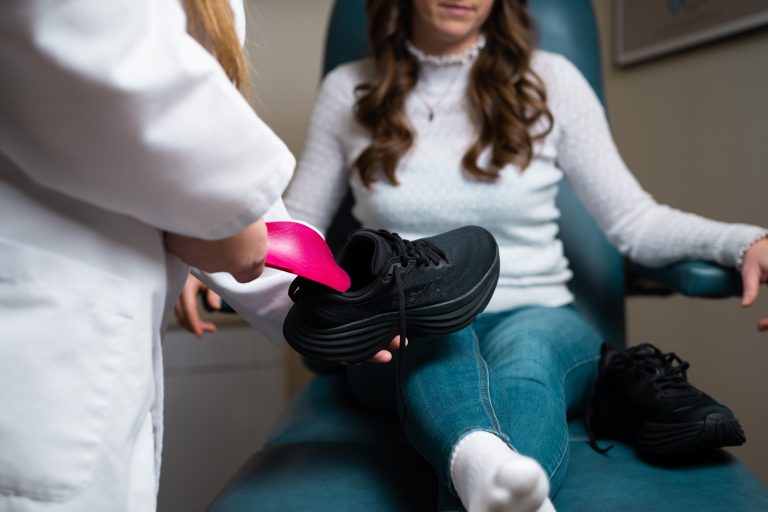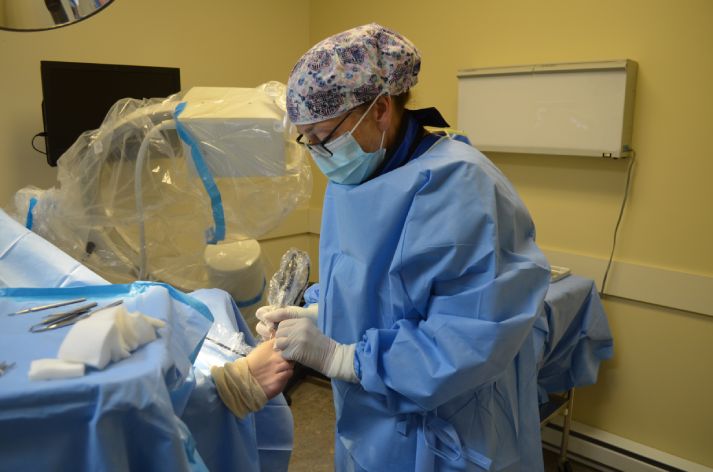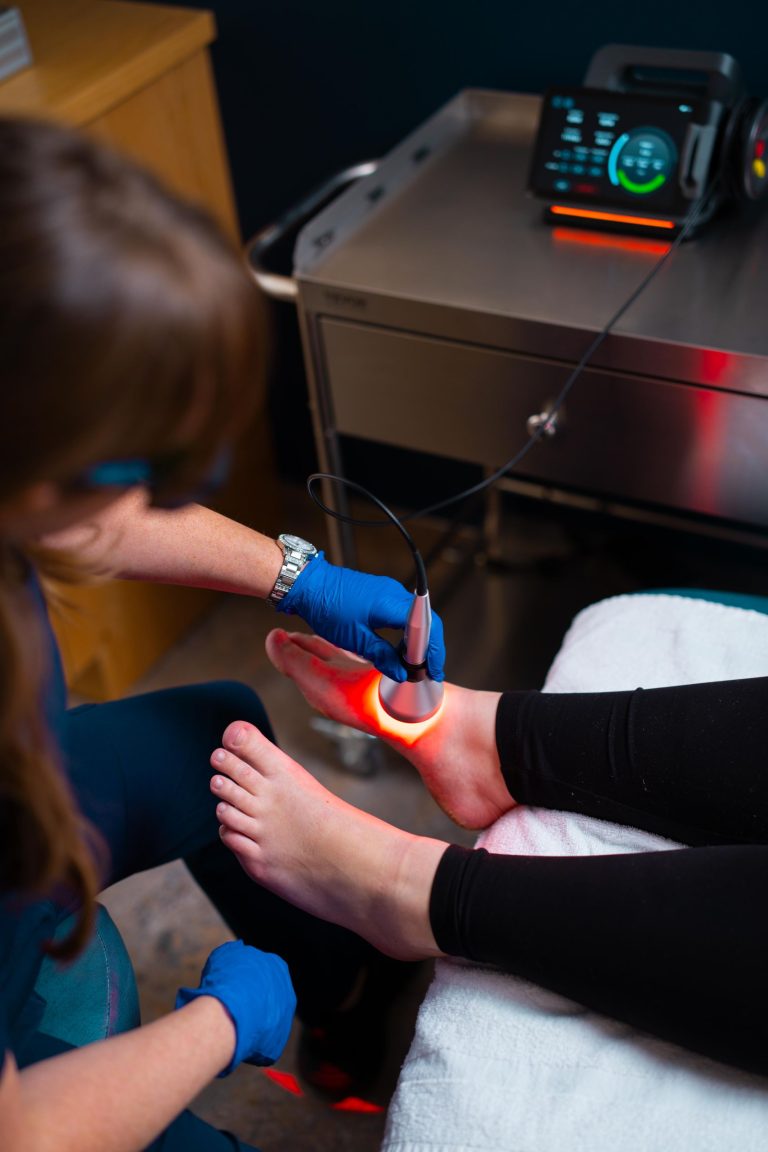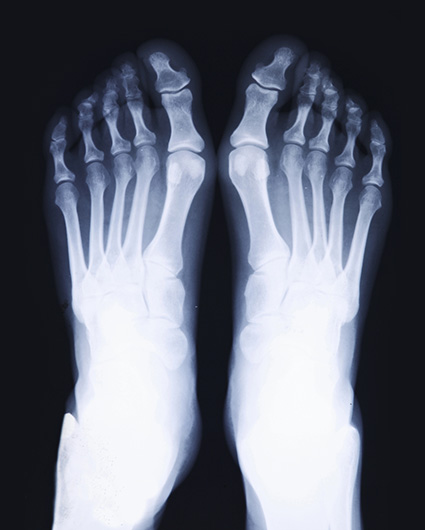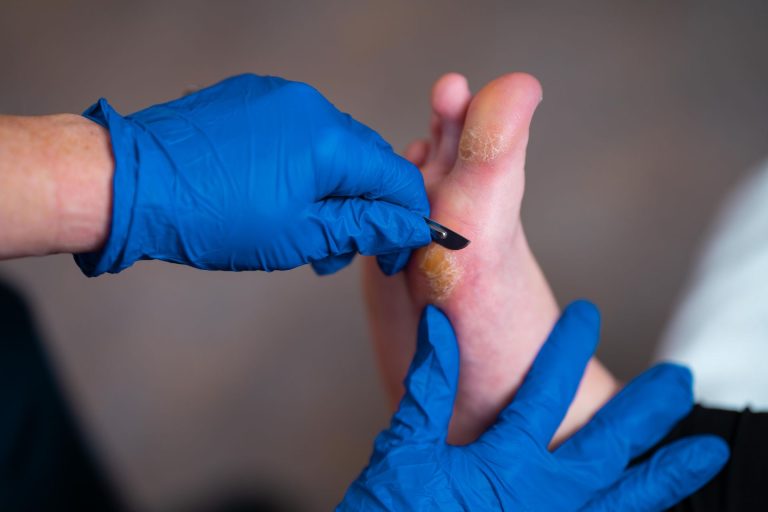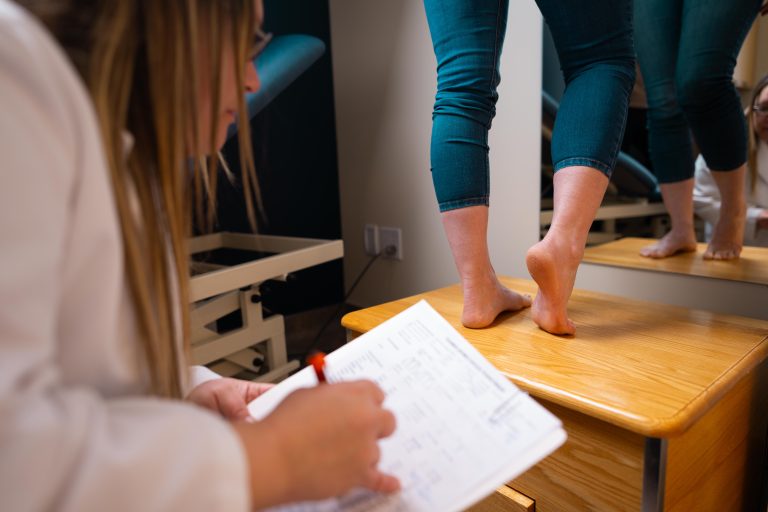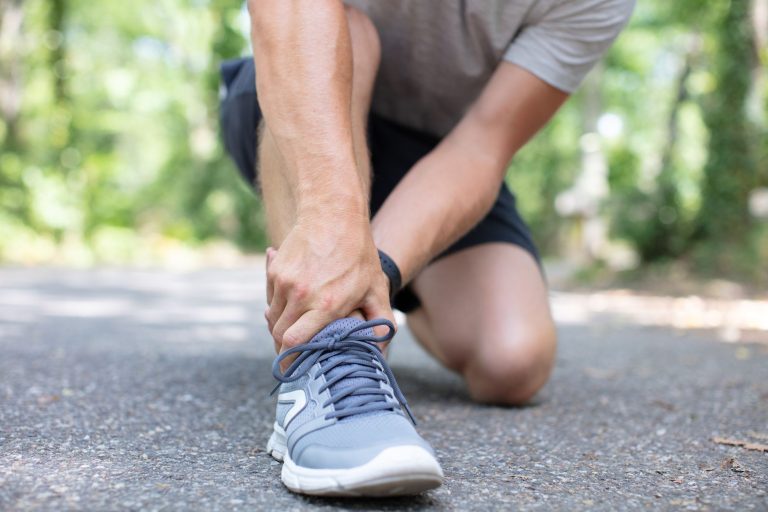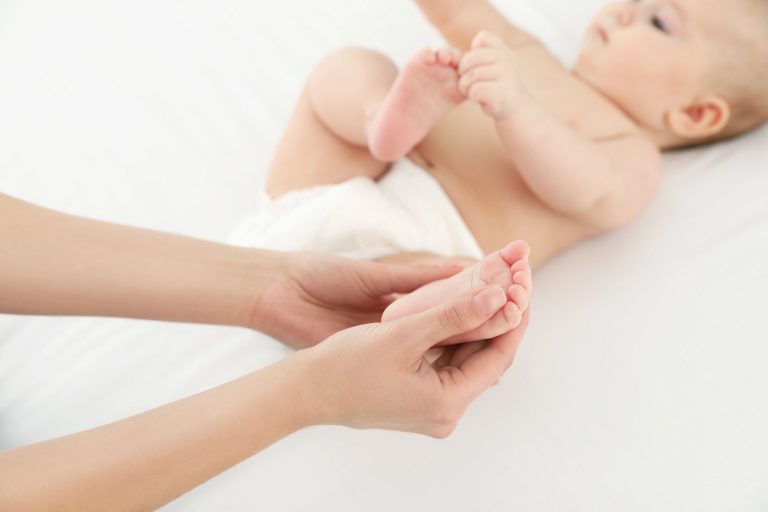We look forward to continuing to take care of the health of your feet!
If you have an infection of the skin on your feet, it could be athlete’s foot. In fact, many people suffer from it without knowing it. So how do you recognize it and treat it to get rid of it? The following article will give you information on how to recognize athlete’s foot and tips on how to treat it if it’s already there, or even better, how to prevent it.
What is athlete’s foot Athlete’s foot is an infection of the skin of the feet that is caused by a microscopic fungus that belongs to the dermatophyte family. Its real name is Tinea pedis. Contrary to what its name might suggest, it is not restricted to athletes. Everyone can get this condition at some point in their lives. Young adults are the most commonly affected segment of the population. More so than young children and older adults. In addition, men are more frequently affected than women.
What Predisposes to Athlete’s Foot
There are certain things that can predispose you to getting athlete’s foot. It can be a hereditary vulnerability, excessive sweating on the feet, a skin disease such as eczema, a foot injury, a sudden drop in the immune system due to an illness or because of a medication.
How to recognize it?
There are several signs or symptoms that can help us detect the presence of athlete’s foot. Be aware of cracks that are more or less deep, especially between the toes or on the sole of the foot. Also, if you notice that the skin between the toes is moist or whitish. Athlete’s foot can also cause scaling, redness, itching, pain, a burning sensation or bad odours. Of course, to get a reliable diagnosis, you must consult a specialist. Your podiatrist can help you identify your problem.
How to prevent it? Now that we know how to recognize it, it is interesting to learn how to prevent it. By applying a few preventive measures, you will greatly reduce the risk of contracting this condition. Ideally, never share your socks, shoes or slippers with someone else. Also, avoid using used towels. It is important to always wear shoes or sandals in public places such as gyms or swimming pools. Also, maintain a good hygiene routine by washing your feet with mild soap and drying them well afterwards, especially between the toes. How to treat it?
If you already have this condition, there are treatments to get rid of it. Some of them are available over the counter at the pharmacy, they are antifungal products. These products can be in the form of a powder, a cream or a spray solution. It is very important to follow the instructions and to continue the treatment until the end even after the visible signs have disappeared.
It is always best to consult your podiatrist who will be able to accurately identify the condition you are suffering from and give you all the advice to get rid of it effectively.
Can it be too early to see a podiatrist for your child? This is a frequent question that deserves to be addressed. Indeed, is there a minimum age to start podiatric treatment? What are the indicators to make the decision to consult a specialist?
Minimum age
In fact, there is no minimum age to consult a podiatrist. The various biomechanical evaluations of the posture and the lower limbs can be undertaken as early as one month of age, if the child presents worrying characteristics or deformities. Even if there is no existing pathology, a parent may decide to consult to ensure the correct position of the toes, feet and legs of their child, in order to avoid more serious problems later on.
Many problems can occur at the age of gait acquisition and consulting a podiatrist early on will undoubtedly allow a treatment protocol to be put in place to rectify the situation when necessary. There are several solutions that can be put in place to rectify foot or leg malpositioning such as exercises, foot orthotics or the use of specialized footwear. If the child needs orthotics, it does not mean that he or she will have to wear them for the rest of his or her life. It may be a short or medium term treatment to correct a situation.
When to consult?
Certain observations may lead parents to want to consult for their child. Certain signs, easily observable at home, may indicate that the child could benefit from a visit to the podiatrist. Pay attention to the child’s feet and ankles to see if they are turned inward, if the arch of the foot is collapsed or if there is asymmetry between the lower limbs. Look for frequent stumbling, complaints of leg pain or rapid fatigue during physical activities. Wear and tear on shoes may also be a sign that a visit to the podiatrist is needed, for example, if the shoes are wearing rapidly toward the inside of the heel, or if one shoe is wearing out more than the other.
What to treat?
Some conditions can be treated naturally without intervention, but others need to be managed quickly. The podiatrist can establish a good diagnosis and a range of appropriate solutions to treat flat feet, growing pains, foot and leg fatigue during exercise, reluctance to walk or run, blisters, irritations, plantar warts, ingrown toenails, gait problems or posture problems. Precise management can always be beneficial.
When mechanical deficiencies are detected during growth, appropriate treatments can correct and prevent multiple complications.
The podiatrist is definitely the best trained and most specialized professional to diagnose and treat foot and leg conditions. We therefore invite you to consult the podiatrists of the Outaouais Podiatric Clinic at the first sign of a problem!
Are you thinking of consulting for your child?
With the arrival of beautiful days and the chirping of birds, comes the great spring cleaning. It’s the perfect time to take a look at your shoe collection and identify those that should be discarded.
How do we know when our shoes are too worn out?
Their exterior appearance
The first thing to do is to inspect their exterior. Are there any holes or stains that seem indelible? Some types of wear can be repaired by a good shoemaker, but in this area as in many others, prevention is key.
Your shoes that are too badly worn or have a gaping hole will probably not be salvageable, even by the best shoemaker. It is better to think about preventive maintenance than to wait until it is too late. To prevent wear and tear on the outer covering, it is important to choose the appropriate care products depending on the material that covers your shoe: leather, canvas, suede, etc. Also, make sure to choose the right shoe for the type of activity or temperature, this will avoid premature wear and deterioration of their appearance.
Heel and outsole
Heel wear is a very important aspect of the shoe to check, not only does it betray the wear of a shoe, but it can throw you off balance and induce injury. You should therefore check that the heels are not too worn on one side compared to the other. It is essential not to damage them to a point of no return. Unbalanced heels could accentuate pronation and supination problems, which are problems with the position of the foot and ankle, affecting the walking and running mechanism. Pronation will result in an inwardly tilting foot, while supination has the opposite effect.
The outsole should also be inspected, as a worn out one could damage your feet, let water in and force you to walk with wet feet or be cold in winter.
Indelible stains
Some stains can be removed, but others are difficult to remove. Salt and lime must be removed quickly, otherwise the material of the shoes will be irreversibly damaged. It is all the more important to protect the shoes with a suitable product, which will prevent them from being damaged by water, salt, oil or fat. A suitable cleaning product will also allow you to keep your shoes for a longer period of time.
In any case, if you have avoided the cobbler for too long or have neglected to care for a shoe properly, it is better to get rid of it rather than risk an injury.
What about you? Are you planning to spring clean your shoe closet?
Could your heel pain be due to a biomechanical problem? Some foot or ankle pathologies can be caused by abnormal biomechanics, i.e. a dysfunction in the movements of the musculoskeletal system (ligaments, joints, muscles, tendons). The ligaments of the foot are very solicited and are therefore more at risk of stretching during movement.
Achilles Tendinopathy
Achilles tendinopathy includes all pathologies related to the Achilles tendon, the most common being Achilles tendinitis. This is an inflammation of the Achilles tendon, which is the structure that connects the calf to the heel bone. This irritation can cause pain or, in some cases, swelling of the tendon behind the ankle. This type of injury can occur as a result of direct trauma, but in the vast majority of cases, it is related to overuse of this portion of the lower limb, either at its enthesis, insertion at the heel or in the middle portion of the tendon. The characteristic pain of Achilles tendonitis is usually located precisely on the Achilles tendon.
It should be noted that heel pain can have a multitude of possible causes such as plantar fasciitis, commonly known as canker sores, bursitis, neuritis or even an arterial blockage.
It is therefore important to consult a health professional to make the right diagnosis. Identifying the problem is the basis of a good treatment plan.
The causes
There are many factors that can lead to Achilles tendonitis. By analyzing the history of the disease, it is not uncommon to be able to establish a change in habits that preceded the onset of pain. This may be an increase in walking distance or a drastic increase in the volume of sports activities, especially those involving impacts such as running or jumping. It is also important to pay attention to the change in the type of shoe. This pathology often appears in regular runners who suddenly increase the distance and intensity of their training. If it’s not an increase in mileage, look at the running surface, the type of terrain or a change in technique. Again, wearing the right shoes is the key to preventing this condition.
Other factors such as certain medications, systemic diseases such as rheumatoid arthritis, and being overweight may be involved in this condition.
What to do once the first symptoms appear?
If you have this type of pathology, rest is the first thing to do. It is important to reduce the pain quickly by reducing the stress on the affected area. This means stopping the activity for a while to give the body a chance to recover. If the pain is caused while walking, it is often advisable to wear a shoe with a raised heel or to wear a heel cup. This will reduce the tension on the tendon.
Following an evaluation, your podiatrist may prescribe specific exercises, medication, various physical therapies or treatment with a foot orthosis. A progressive return to activity program will also be established to prevent recurrence.
Do not hesitate to contact your podiatrist for any questions related to your foot health.
The culprit? Inadequate foot support. A shoe that is too small can lead to ingrown toenails, while one that is too large can lead to blisters. A flexible shoe increases the load on the foot structures and can contribute to juvenile bunions and flat foot pain. Many children wear inappropriate shoes and this has a significant impact as they are still growing. Here are some tips on how to choose the right shoe or sandal:
- The best time to choose your shoes is at the end of the day because our feet tend to swell during the day;
- Measure both of your child’s feet because as they grow, one foot tends to be larger than the other. Always rely on the larger of the two feet;
- Make sure there is room for your thumb at the end of the shoe on the longest toe. Be careful! It is not always the big toe;
- Check that the shoe bends at the natural place of the feet, that is, at the limit between the toes and the rest of the foot;
- The shoe should be rigid enough and the sole should be rigid enough to allow good arch support for the foot. You should not be able to twist it like a towel;
- Finally, the back brace should be rigid and you should not be able to bend it with your thumb towards the inside of the shoe.
Walking pain in children should never be ignored. If your child stumbles often, has poor balance, abnormal muscle fatigue, walks on tiptoes or has flat feet, he or she may have biomechanical problems that can benefit greatly from orthotic treatment. A foot orthosis allows for proper structural alignment of the foot and promotes optimal growth for your child.
If you have any concerns about your child’s foot development, come in and see us and we will be happy to help you.


